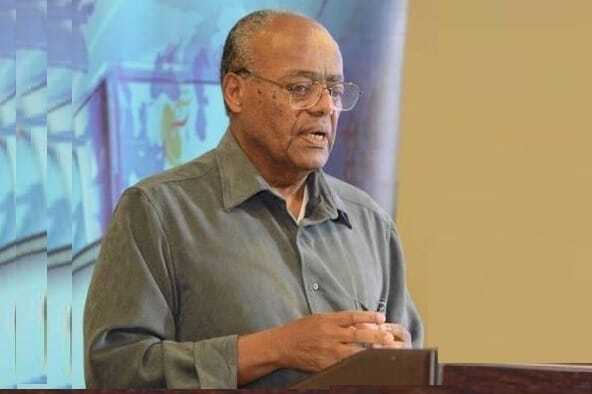In the unforgiving terrains of Wollo and Afar regions, where famine has etched its scars deep into the land and its people, Hailemariam Seifu’s calling was forged.
It was here, amid the desperation and suffering of the 1970s, that he embarked on his life’s defining work. As the emergency response team leader during some of Ethiopia’s darkest days, Hailemariam’s story is one of unwavering commitment to the country’s most vulnerable, demonstrating human endurance and the power of dedication in the face of unimaginable adversity.
Born on September 28, 1935, in the Gursum area of the Harergie District, his early life was marked by modest beginnings. His life journey led him from Jigjiga to Jimma towns before he settled in Addis Abeba, where his contributions extended beyond his humanitarian work, notably aiding in the construction of Hawassa City, the capital of Sidama Regional State. Despite his eventual prominence, Hailemariam’s roots remained grounded in the simple values of dedication and service.
In 1972, he began his career in crisis management as part of a committee tasked with assessing the famine that had taken hold in the arid regions. His role as a record keeper, while seemingly bureaucratic, placed him at the heart of the struggle for survival. The work was harrowing, not least because of the secrecy that shrouded these early efforts. As Ethiopia transitioned through the upheaval of a military regime that purged former officials, Hailemariam’s resolve only strengthened. He emerged as a founding member of the Relief & Rehabilitation Commission (RRC), the body established to coordinate the influx of international aid in response to the famine’s impact.
For 17 years, Hailemariam led the emergency response desk of the RRC, a tenure that spanned some of Ethiopia’s most challenging periods, including the devastating famine of the mid-1980s that ravaged Tigray, Amhara, and parts of Benishangul Gumuz.










